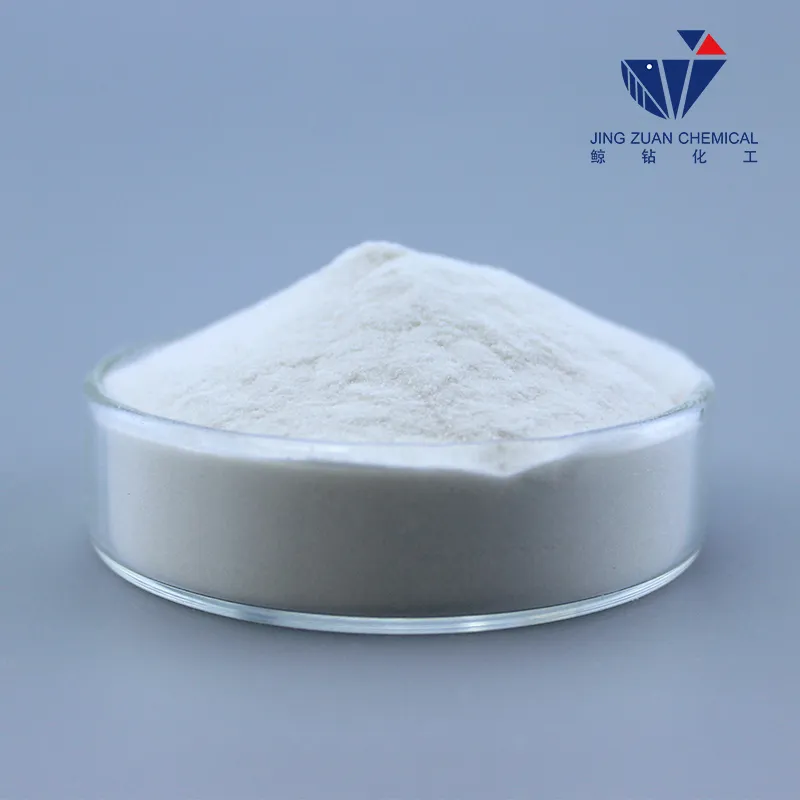In companion animals, such as dogs and cats, albendazole is utilized to manage certain worm infestations, particularly when conventional treatments are ineffective or inappropriate. The versatility of albendazole makes it an essential drug for veterinarians, providing a reliable solution across multiple animal species.








